The cost of living crisis could see more use of public transport, according to the boss of Perth bus firm Stagecoach.
Martin Griffiths said the recently acquired company was not immune from “global macro-economic headwinds”.
However, he is upbeat on its prospects as new financial results show its “return to growth”.
The chief executive believes the squeeze on incomes as inflation soars could see more passengers on buses.
He said: “We believe our good value public transport services offer consumers help in managing the cost-of-living challenges and high fuel and energy prices, supporting our ambitions around modal shift from car to bus.
“In addition, we are making good progress with the delivery of our sustainability strategy and our transition plans, including introducing fleets of new zero emission buses.
“Looking ahead, public transport remains critical to economic recovery, healthy and connected communities, levelling up the country, and delivering a net zero future.
“I am confident Stagecoach has positive long-term prospects.”
More profits ahead of bus takeover
Stagecoach increased its revenues and profits ahead of its takeover by a private equity firm.
Stagecoach delisted from the London stock exchange on Tuesday after the acquisition by DWS Infrastructure for £595 million. It marked the end of an almost 30-year spell as a listed company.
The business will retain its headquarters in Perth, where it recently opened a new contact centre.
New financial results for the year ending April 30 show signs of recovery from the impact of the pandemic.
Revenue for the financial year is £1.2 billion, up from £928m in 2021. Pre-tax profits also increased from £17m to £44.1m.
During the year Stagecoach said there was a reduction in net debt from £312.6m to £224.3m.
Bidding war for Stagecoach
The company said it is working collaboratively with national and local government to deliver and improve essential bus services.
Last month, Stagecoach sealed a £20m deal to buy Kelsian Group’s east London bus operations.
DWS Infrastructure’s successful bid for Stagecoach followed an all-share offer by National Express made in December, which would have meant Stagecoach’s headquarters moving to Birmingham.
Stagecoach shareholders, including founding siblings Sir Brian Souter and Dame Ann Gloag, then backed the all cash offer from DWS.
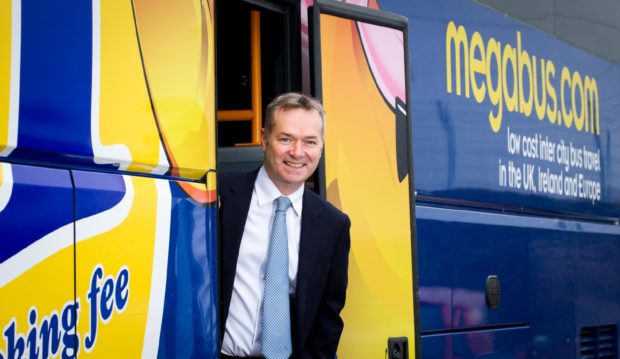
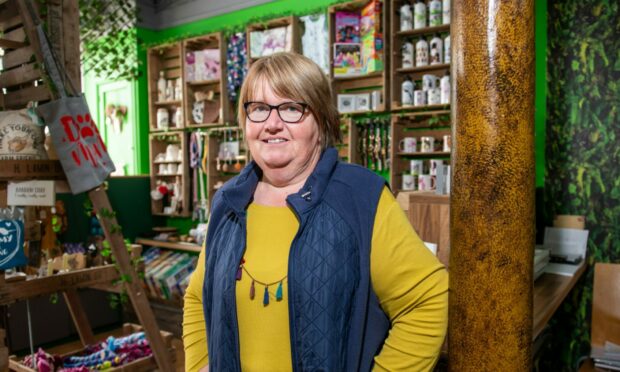


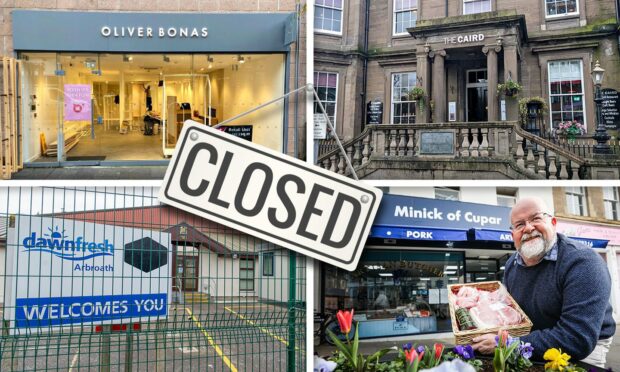

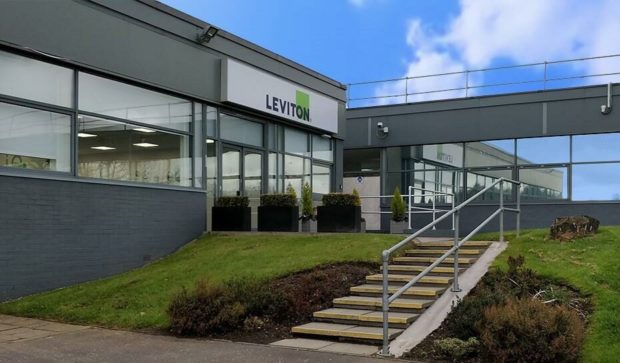



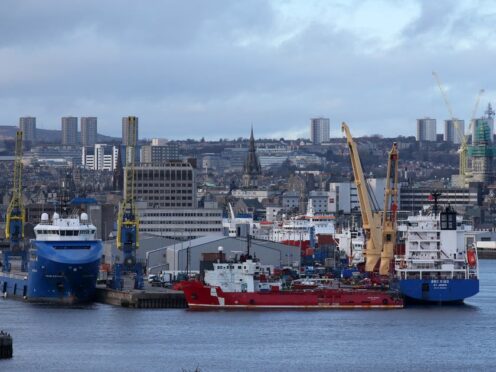
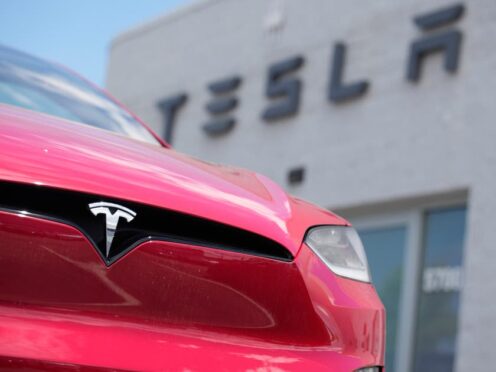
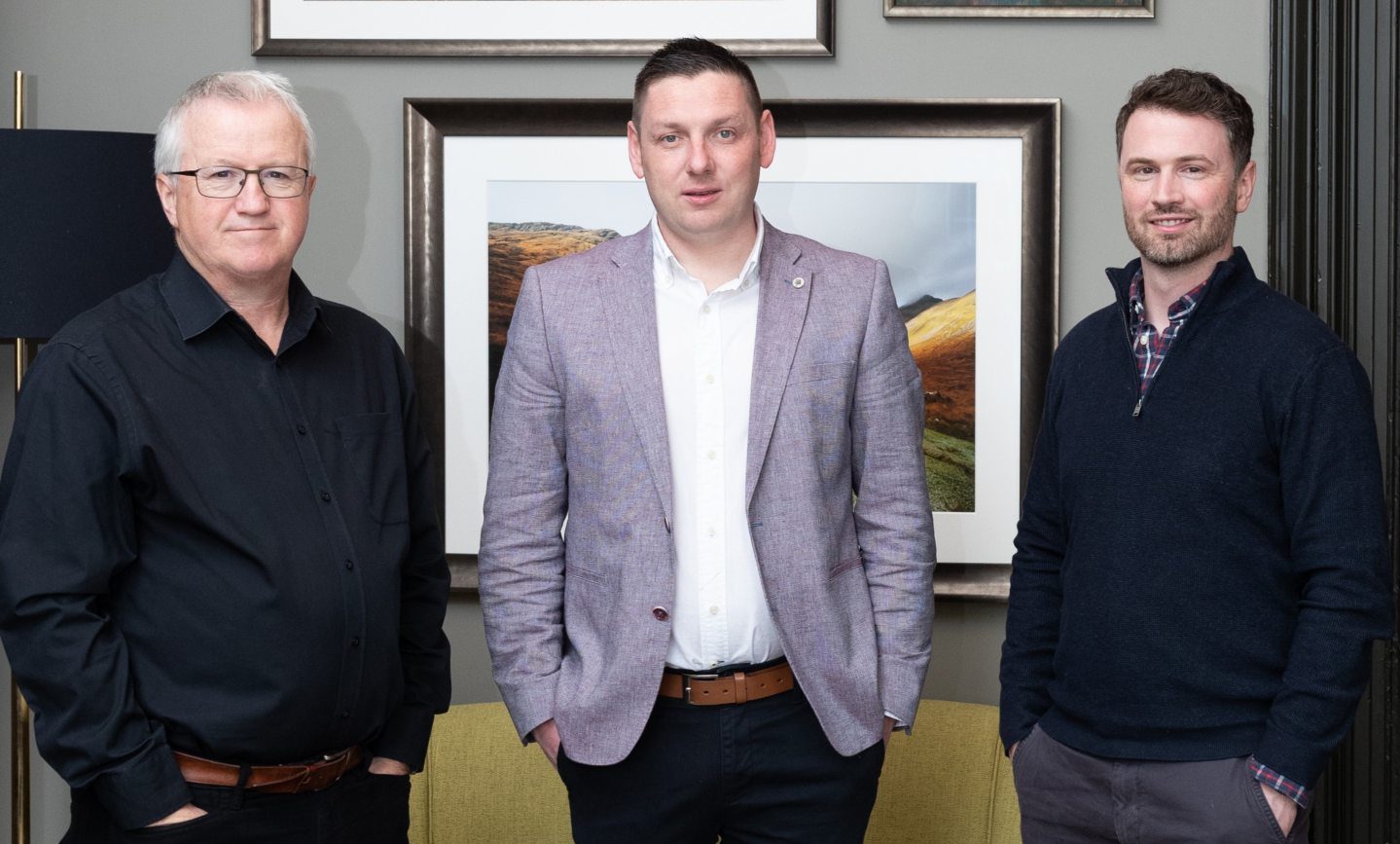
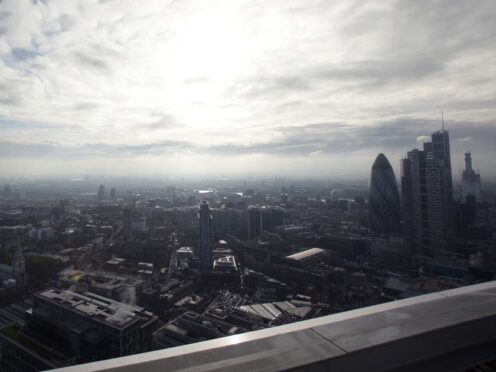
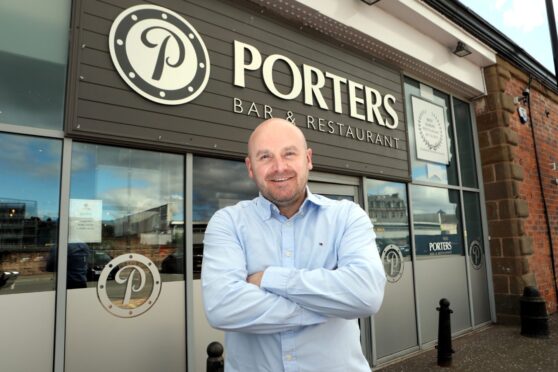
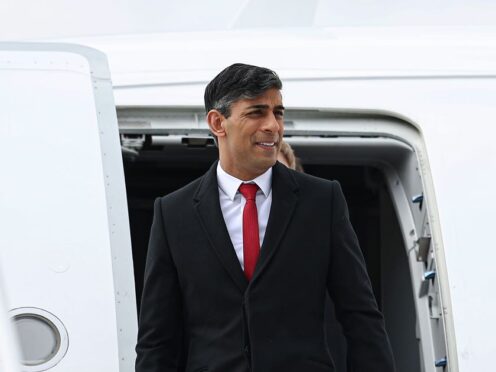
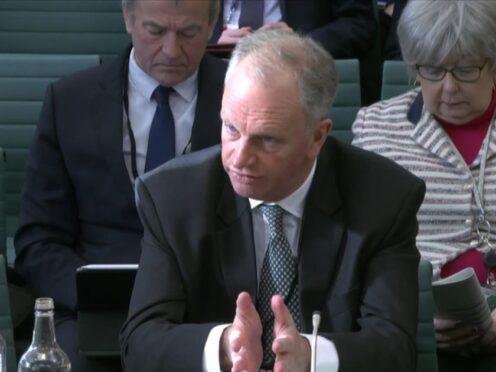
Conversation